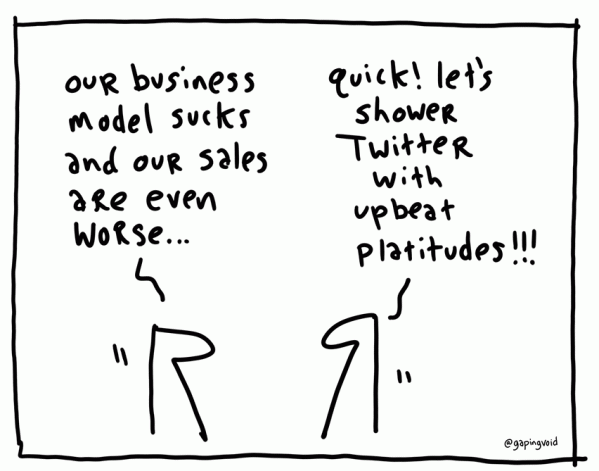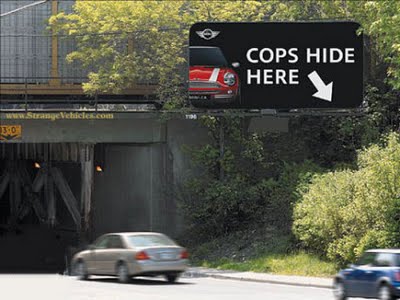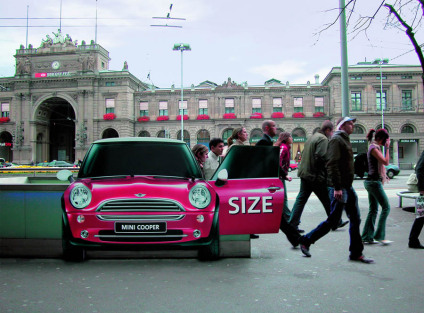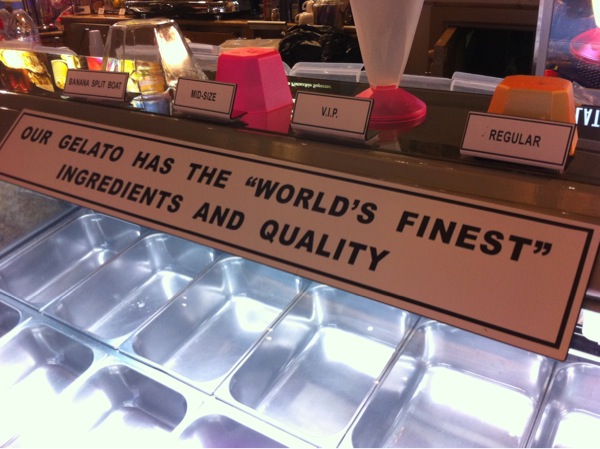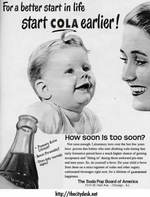Often I get bogged down in the minutia when trying to solve problems. After a while I remember to ask myself this question. And it works every time. It really clears things up. It resets my mind and gets me focused on a clear goal. In terms of marketing and more specifically spreading the word I ask these additional sub-questions...
- Who (what type of person) am I trying to reach? What inspires them?
- Why do they want to hear from me?
- Why would they support me (and my purpose)?
- How do I earn their trust?
- How can I connect with them?
Take special note that I didn't define success as a number. Because success isn't a number, it's a relationship. And you don't define or characterize a relationship with numbers…you do it with feelings. Numbers are indeed important. Numbers are required to make something sustainable. But numbers are a yield, based on the success or failure of the relationship. Unfortunately, too often we still confuse the "success" part of the question to mean "how many"...how big is the audience?…which really means how many can we sell? Because if we don't sell X we can't make money. On the heels of this strategy is the mass market promotion in HOPES of getting a small percentage to buy. Unfortunately, you annoy (and alienate) all of the people who don't want to hear from you and you leave out some of your best prospects...who didn't fit into the misguided demographic profile. This is no way to build trust. And certainly no way to build an audience of loyal raving fans. Now, if this isn't what you're after, go for it. Otherwise, spend more more time defining what success looks like, without numbers.
